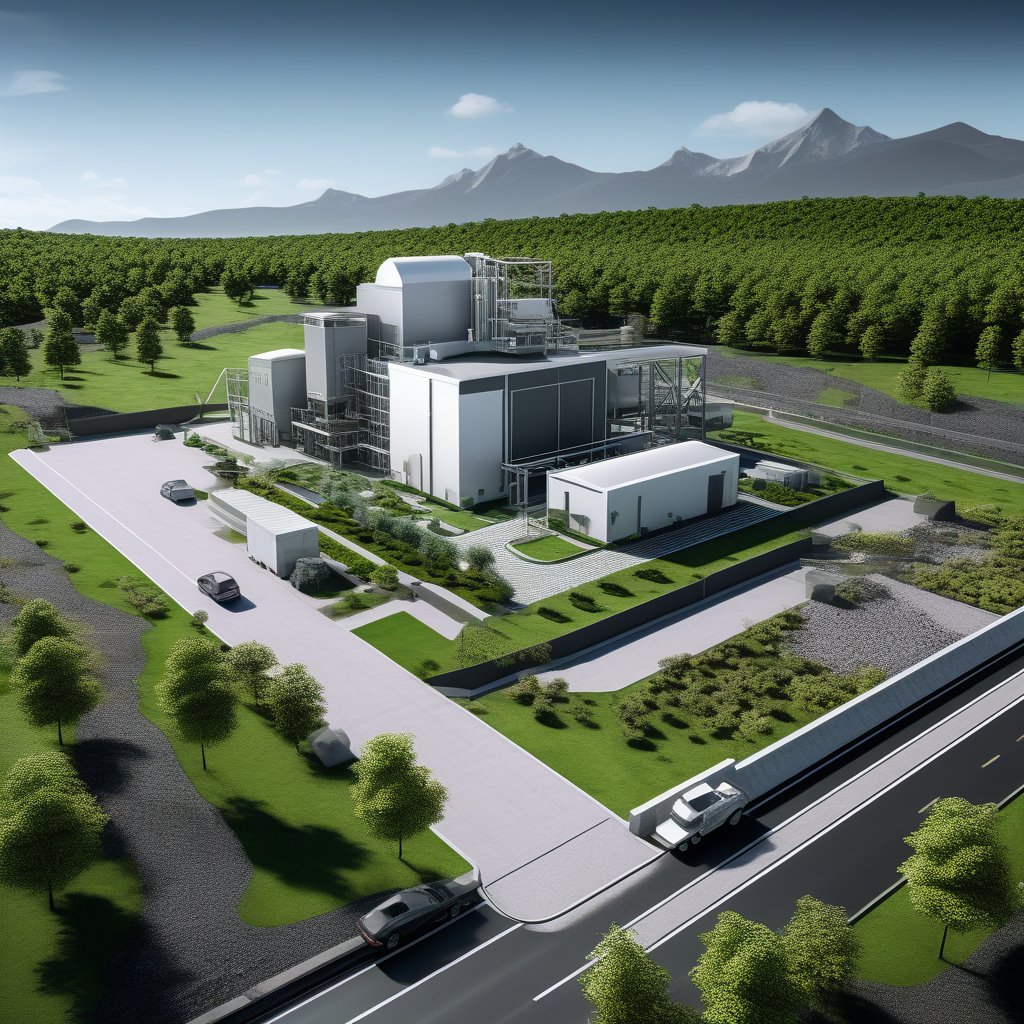A comprehensive analysis of potential impacts on air quality resulting from the proposed hot-mix asphalt plant in Sahuarita has indicated that the site is unlikely to generate emissions that violate federal standards. The town of Sahuarita, in its pursuit of transparency, requested the Vulcan Materials Company to conduct this study as part of the application process for a Conditional Use Permit to operate the plant north of Quail Creek.
Third-Party Review and Validation
The town has taken an extra step to ensure the credibility of the study by subjecting its results to review by two third-party entities. Ninyo & Moore, one of the reviewers, is set to provide feedback, while Stantec will independently replicate the measurement methods employed by Vulcan through its own air modeling study. This meticulous review process is anticipated to conclude in approximately six weeks.
The Study and Methodology
The 36-page report, titled “Air Dispersion Modeling Report,” was commissioned by Vulcan and prepared by Trinity Consultants and Lewis Roca, a Phoenix law firm. The study adhered to EPA, state, and county guidelines, employing “pollutant dispersion modeling” to predict offsite pollutant concentrations in line with Environmental Protection Agency standards.
Pollutants Analyzed
The study focused on seven pollutants: lead, carbon monoxide, nitrogen dioxide, sulfur dioxide, ozone, and two sizes of particulates. These pollutants are subject to National Ambient Air Quality Standards (NAAQS) mandated by the Clean Air Act.
Plant Location and Design
The report highlighted that the hot-mix asphalt plant would coexist on-site with an existing sand and gravel pit, strategically positioned below grade with berms surrounding it to obstruct views from neighboring communities. Aggregate material for the plant would be stored north of the pit.
Fuel Source Controversy
While critics have asserted that the plant would be fueled by oil, the report clarified that no final decision had been made, leaving open the possibility of using natural gas. Vulcan has experience operating plants with both fuel sources.
Conclusion: Minimal Impact on Surrounding Residences
The summary of the report assures that pollutants generated by the plant would not adversely affect nearby residences, with the nearest homes in Quail Creek located approximately half a mile away. It emphasized that concentrations of emissions from the facilities are expected to remain well below the NAAQS, levels deemed harmful by the EPA to the public, including at-risk populations.
Community Opposition
Despite the study’s findings, opposition to the plant persists, with concerned citizens expressing their discontent at council meetings. The group “Concerned Citizens of Sahuarita,” primarily consisting of Quail Creek residents opposed to the plant, actively maintains a website (www.ccsahuarita.org) to provide information about the proposed operation.








Leave a Reply